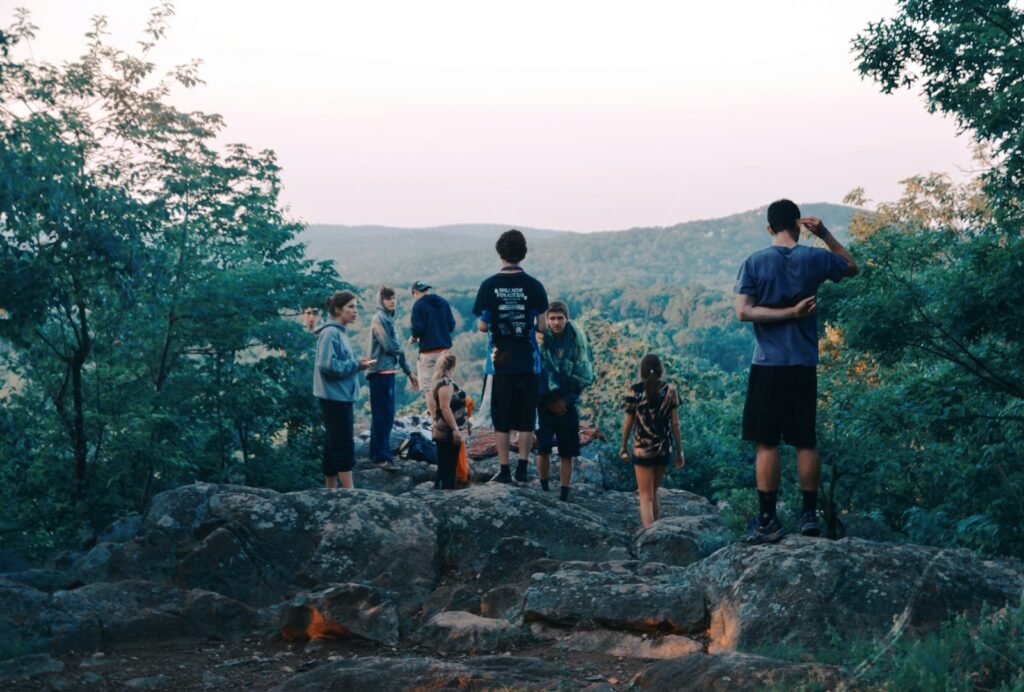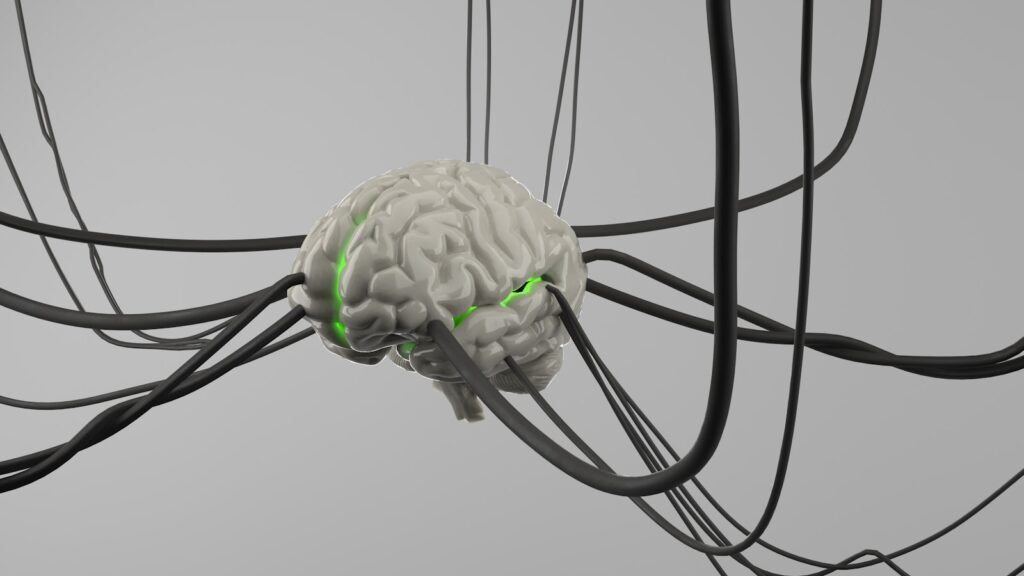A wilderness night scrapes away the comfortable myths we carry, yet the oldest myth of all – zodiac archetypes – still sneaks into the campfire conversation. Here’s the tension: astrology isn’t a scientific predictor of behavior, but its vivid characters mirror real, measurable survival traits like risk tolerance, cooperation, and planning. That makes the zodiac a surprisingly useful storytelling tool to explore what actually helps humans endure when the trail disappears. Think of each sign as a thought experiment that lets us test skills against the cold logic of field survival. If that sounds paradoxical, good – nature loves to test our assumptions.
Fire Signs on the Move: Aries, Leo, Sagittarius

People who resonate with fire-sign archetypes often sprint toward action, and that maps neatly onto research about assertiveness, risk-taking, and rapid decision-making under stress. In a survival setting, the Aries-like approach shines in first moves – scouting water, lighting signal fires safely, or bushwhacking to high ground – before doubt creeps in. Leo-style leadership keeps morale from cratering when weather turns, using ritualized check-ins and clear roles to prevent the classic group drift that wastes energy.
Sagittarius energy fits long-range navigation: reading topography, following a drainage, and using the sun’s arc as a compass. The scientific catch is impulse control; boldness wins daylight but can burn calories and risk injury if unchecked. The fix is procedural discipline – pace counts, hydration schedules, and time-boxed decisions – that lets courage move fast without breaking the team.
Earth Signs Under Pressure: Taurus, Virgo, Capricorn

Earthy archetypes align with conscientiousness and grit, the quiet workhorses of survival science. A Taurus-like mindset rations fuel, guards warmth, and builds sleeping platforms that stay dry, which often prevents the downward spiral of hypothermia. Virgo-leaning habits keep camps hygienic, triage blisters early, and log symptoms – small acts that drastically cut infection risk and decision fatigue.
Capricorn energy handles logistics when the map looks like static: inventorying calories, plotting bailout routes, and setting turnaround times before summit fever bites. The watch-out is rigidity; plans can calcify when conditions shift. The counter is pre-committing to adaptive triggers – if wind exceeds a certain threshold or cloud bases drop, the plan flexes without debate.
Air Signs: Mapping, Signaling, and Mediation – Gemini, Libra, Aquarius

Air-sign archetypes capture communication and systems thinking, both gold in group survival. A Gemini-like operator translates chaos into clear messages: improvised flagging for search teams, mirrored flashes timed in intervals, and call-and-response protocols that cut through panic. Libra energy mediates conflict when hunger and cold make tempers brittle, preserving cohesion so the fastest hiker doesn’t splinter from the slowest.
Aquarius-leaning minds prototype solutions from scraps – thermal reflectors from space blankets and bark, mesh filters from cloth and charcoal, minimalist antennas for better satellite pings. Analysis paralysis is the pitfall; elegant ideas can stall action. The remedy is a bias-to-prototype rule: build the simplest version in five minutes, test, iterate, move.
Water Signs: Sensing the Unseen – Cancer, Scorpio, Pisces

Water-sign archetypes echo interoception and social attunement, which matter more than most people think when fear tightens like a fist. A Cancer-like caretaker tracks group energy and keeps a warm-core rotation at night, the kind of soft skill that quietly prevents poor decisions at dawn. Scorpio energy excels at threat modeling – choosing leeward shelter, avoiding gullies before a storm, and planning silent night watch without spooking the team.
The Pisces-like pattern seeker notices subtleties – bird alarm calls, insect shifts, a faint fern line that whispers groundwater – useful cues for route-finding and water scouting. The hazard is emotional overload when conditions deteriorate. A simple practice helps: externalize signals in a notebook or on a tarp map so intuition becomes shared data rather than a private burden.
Why It Matters

Wilderness mishaps rarely come from a single dramatic mistake; they accumulate from tiny human-factor errors – misjudged pace, frayed teamwork, ignored weather. Framing behavior through zodiac archetypes makes the conversation sticky and memorable while we foreground evidence-based skills: calorie budgeting, cold injury prevention, navigation heuristics, and group decision protocols. Compared with traditional survival manuals that list gear and knots, this lens highlights the psychology of staying alive – how personality tendencies can either anchor safety or tilt the board.
It also helps teams plan around strengths and blind spots without pretending star signs are causal. If your group has three fire-leaning personalities, schedule forced pause checks and assign an earth-leaning quartermaster to guard supplies. If you’ve got air-style thinkers, make them comms leads and contingency scribes; if water-style empaths abound, give them fatigue monitoring roles and the authority to call rest. The point isn’t destiny – it’s disciplined self-awareness that bends probability in your favor.
The Future Landscape

Survival science is moving fast, and the tools are getting smarter. Wearables already estimate hydration and core temperature trends; paired with simple field tests, they flag danger before it feels dangerous. Satellite messengers are becoming lighter and more reliable, with breadcrumb tracks and weather overlays that convert guesswork into informed pivots.
Training is changing too: virtual scenarios now simulate whiteout navigation, river crossings, and group stress curves, letting teams rehearse decisions before they matter. Climate volatility adds complexity – faster storm cycles, erratic freeze-thaw, and wildfire smoke demand new playbooks and more conservative margins. I’m convinced the best future mix is high tech plus humble basics: map-and-compass fluency, shelter craft, and a culture of speaking up when the gut says stop.
Fire, Earth, Air, Water: Twelve Signs, One Trail Team

Here’s how the composite looks when the stakes are real and the compass needle jitters. Aries starts the push to higher ground, Leo keeps voices steady, and Sagittarius scans ridgelines for exits; together they turn momentum into direction. Taurus sits on the fuel, Virgo disinfects a scraped knee before it turns ugly, and Capricorn nails the turnaround time so the sunset doesn’t trap the group.
Gemini coordinates the mirror flashes, Libra de-escalates an argument over pace, and Aquarius hacks a windbreak from cordage and debris. Cancer enforces hot drinks and dry socks, Scorpio positions camp in the lee of a rock band, and Pisces notices the swallows swirling where insects – and likely water – collect. Twelve roles, one outcome: a team that preserves heat, calories, and options.
Field Notes vs. Folklore: From Ancient Stories to Measured Skills

Ancient sky lore once stitched navigation, seasons, and memory into the constellations, a cognitive map for travelers without GPS. Today, we map those stories onto measurable traits – conscientiousness, extraversion, openness, emotional stability – to drive practical choices in the field. The trick is treating archetypes as prompts, not predictions, and letting observation test every hunch.
Modern fieldcraft still leans on timeless cues: reading slope and wind, following contour lines to conserve energy, and building shelters that prioritize ground insulation over grandeur. When archetype meets evidence – say, a bold plan checked by a logistics audit – safety margins widen. Call it myth as a mirror, not a map.
Conclusion

Pack the basics you can use in the dark: a map, a compass, a headlamp, a heat source, and a shelter plan you’ve actually rehearsed. Learn three core knots, one water treatment method, and a hypothermia protocol, then teach them to a friend – skills stick when shared. Before every outing, write a turnaround time on paper and hand it to someone at home; accountability beats optimism nine times out of ten.
In your next group trip, assign roles that match tendencies – pace setter, quartermaster, communicator, caregiver – and rotate them so no one gets stuck in a box. Support local search-and-rescue and trail stewardship; their quiet work is the safety net we all rely on. Ready to test which archetype you lean on when the weather flips – without waiting for the storm?

Suhail Ahmed is a passionate digital professional and nature enthusiast with over 8 years of experience in content strategy, SEO, web development, and digital operations. Alongside his freelance journey, Suhail actively contributes to nature and wildlife platforms like Discover Wildlife, where he channels his curiosity for the planet into engaging, educational storytelling.
With a strong background in managing digital ecosystems — from ecommerce stores and WordPress websites to social media and automation — Suhail merges technical precision with creative insight. His content reflects a rare balance: SEO-friendly yet deeply human, data-informed yet emotionally resonant.
Driven by a love for discovery and storytelling, Suhail believes in using digital platforms to amplify causes that matter — especially those protecting Earth’s biodiversity and inspiring sustainable living. Whether he’s managing online projects or crafting wildlife content, his goal remains the same: to inform, inspire, and leave a positive digital footprint.




